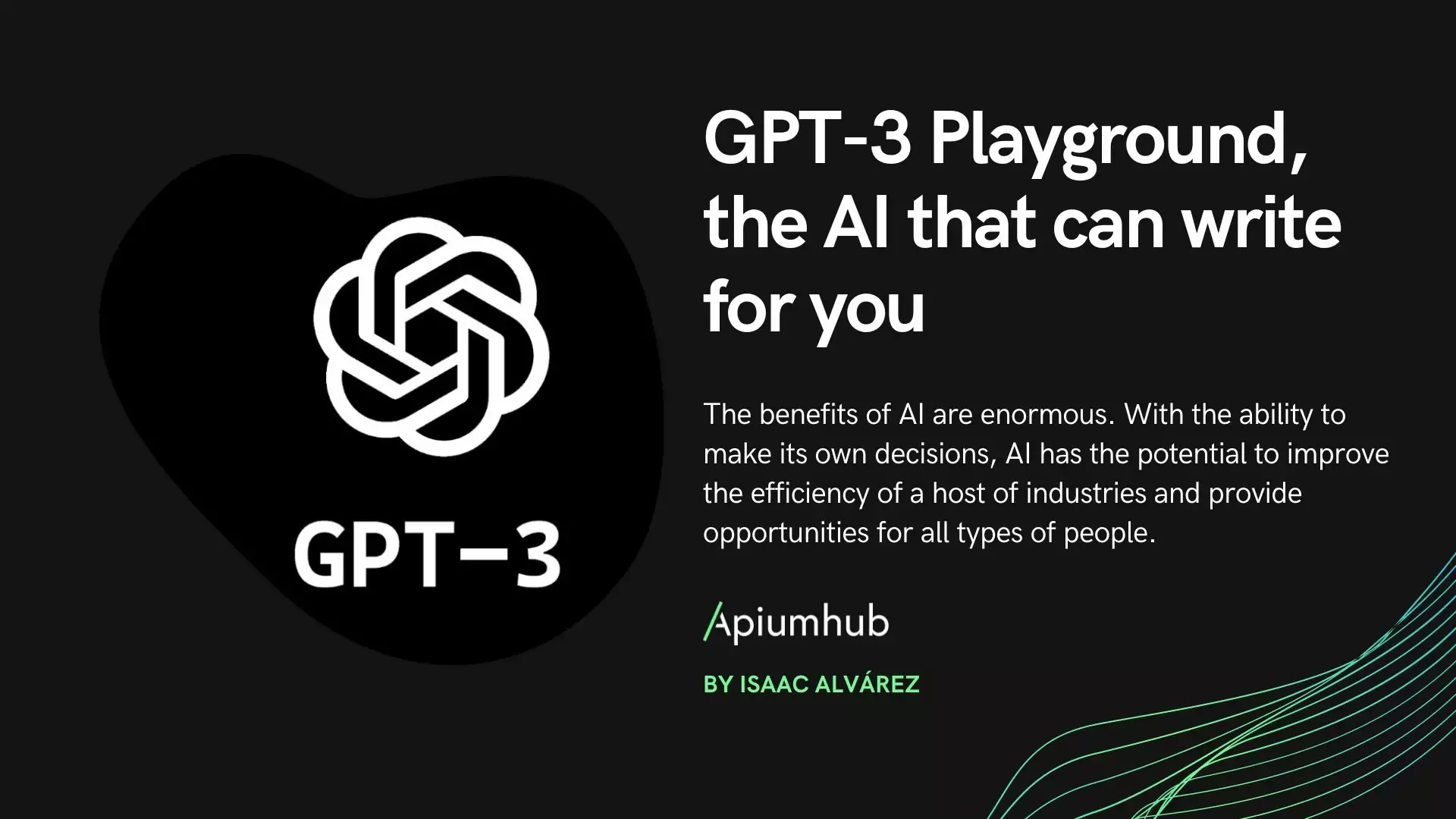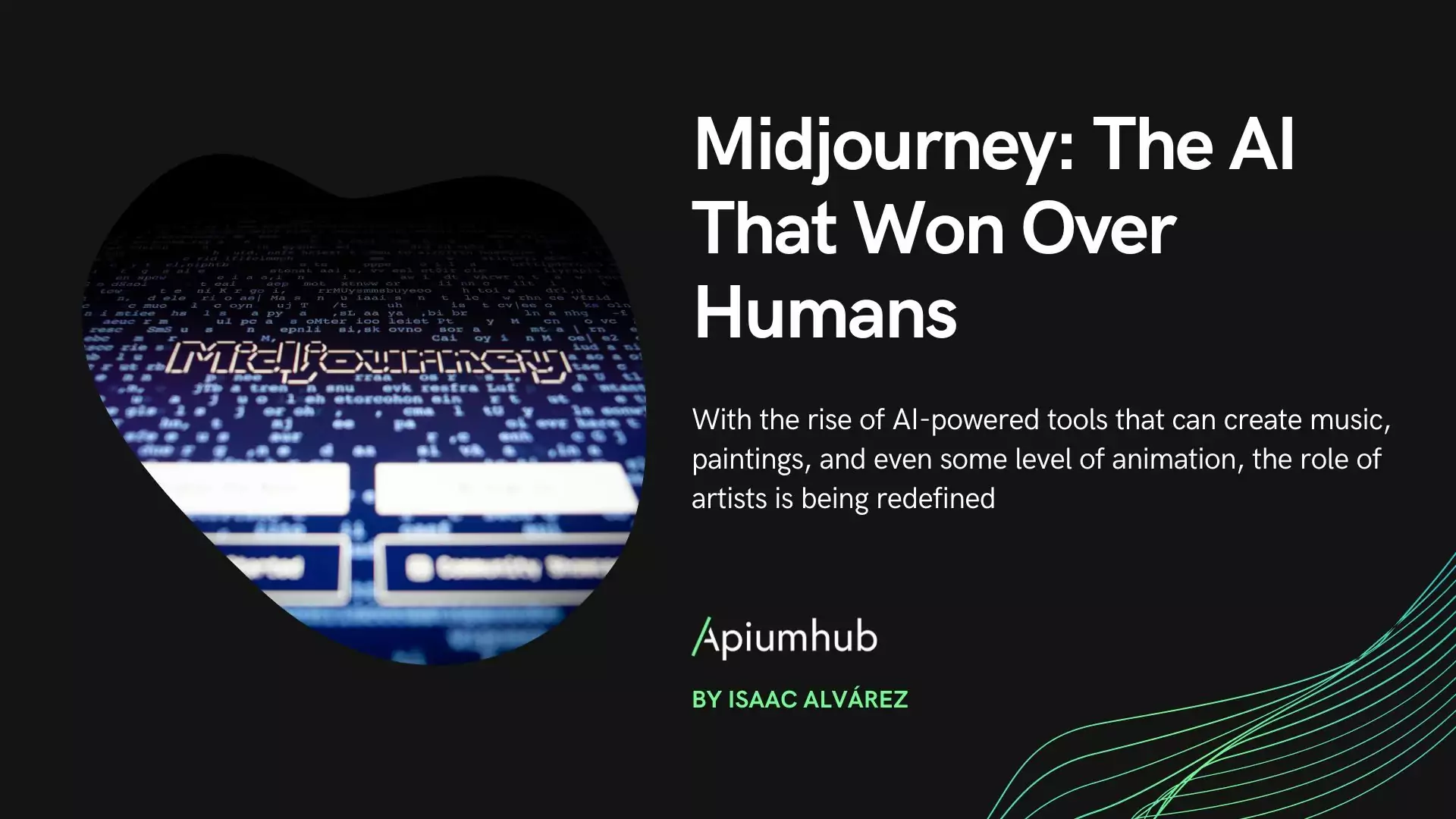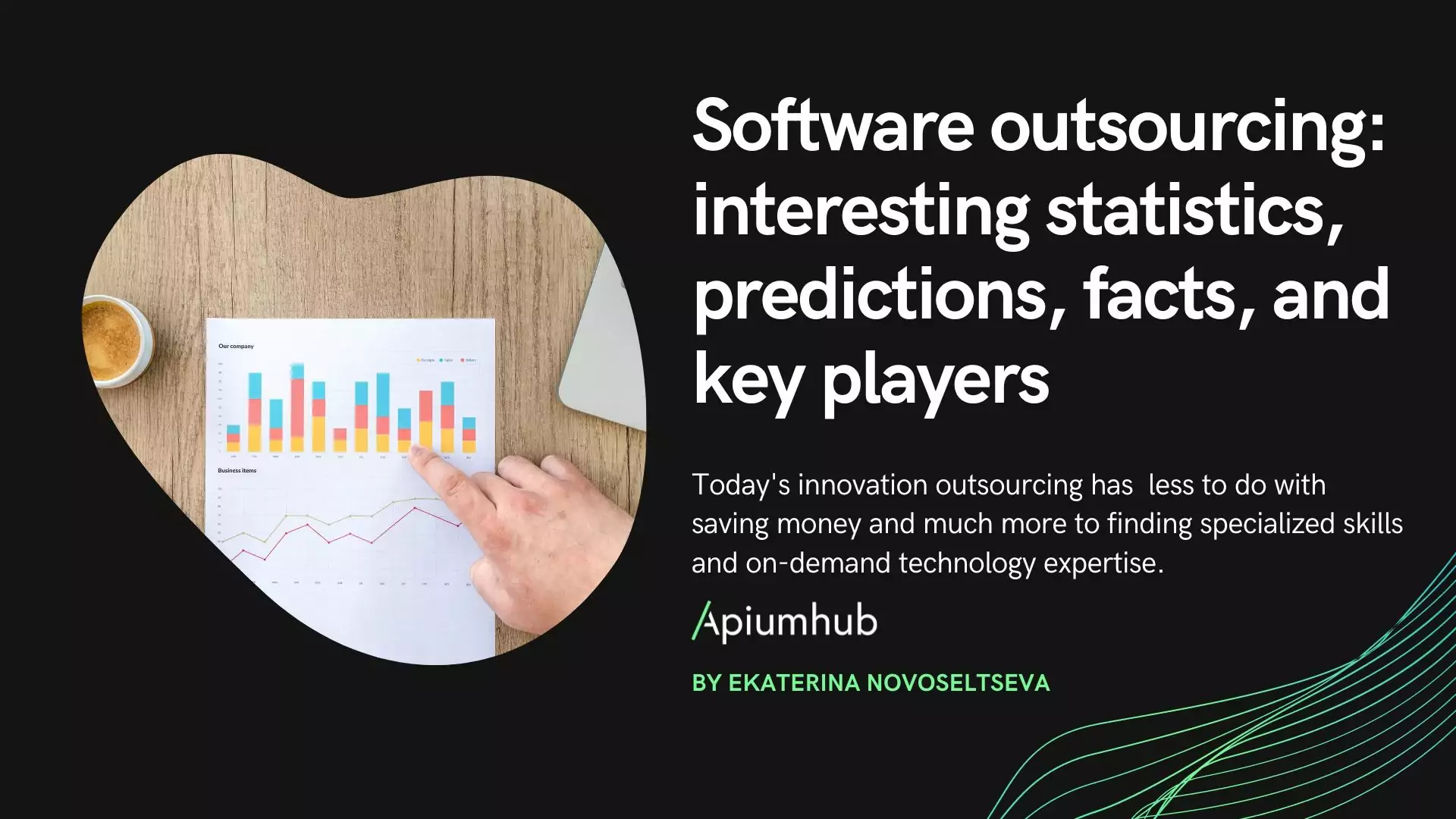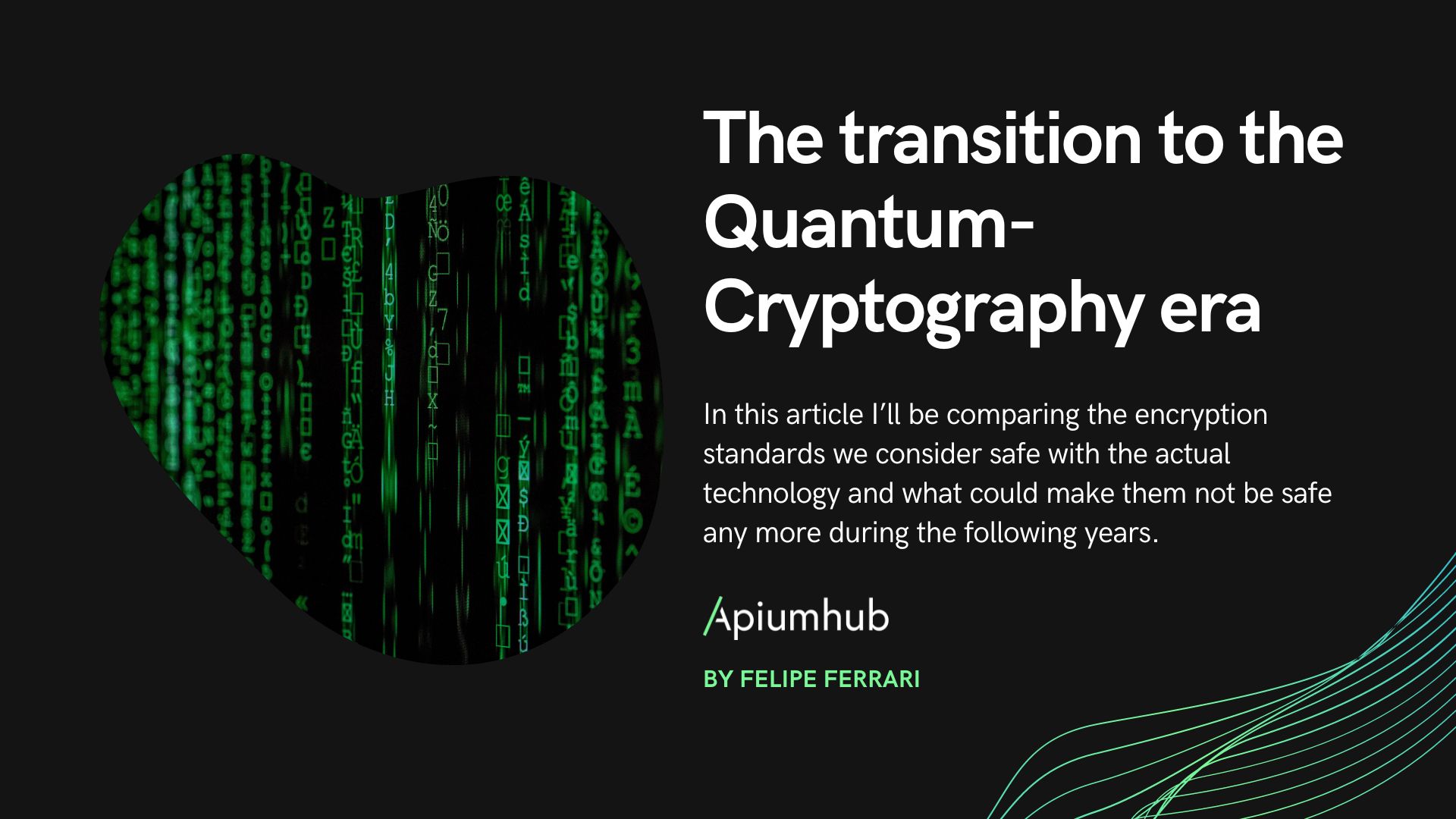Table of Contents
I strongly believe that gamification projects should create meaningful experiences. There are different purposes for gamification projects, it can be used to encourage people to power through necessary tasks, it can be used to motivate people to learn more than they normally would, it can inspire them to innovate and open their mind for changes, etc.
The definition of gamification is very simple: a process for integrating game mechanics into something that already exists to motivate participation, engagement, and loyalty. It uses competition, points, achievement, rules of play, status and self-expression to encourage actions through positive feedback.
As we can see the way we learn and work now is very different from what we had several years ago. Gone are the tasks of memorization, endless manual tasks, jobs-for-life, etc. In the modern business world, one thing is certain – change! Everything changes very fast and people who are able to take advantage of it will succeed in the future. And coming back to gamification, it has proven to be very successful in engaging people and motivating them to change behaviors, develop skills or solve problems.
Every company wants their employees to reach their best potential, to be the most productive, engaged and motivated to help their business grow and succeed. Companies’ main goal is to engage and motivate employees towards improvement and excellence in their area of expertise, for the long-term and in the most effective way. And here gamification plays a crucial role. Other than that, gamification projects are currently being heavily applied to customer engagement, training, and education, innovation management, personal development, sustainability, health, and wellness, etc.
Still not convinced to implement it in your company? Let’s go over other benefits to discover all the potential of this technique.
Gamification projects benefits
Employees engagement
70% of business transformation efforts fail due to lack of engagement. And team productivity shoots up when employee engagement is high. When employees feel their contribution is valued their engagement increases. However, only 26% of people feel valued in their jobs. Virtual rewards are the perfect way to regularly recognize and celebrate each employee’s efforts! Managers can reward employees with customized Praise Badges on the LMS to recognize when their team has gone above and beyond. Personal touches like this show each employee their work and development is valued.
Retain talent
87% of business leaders say retaining top talent is a key business priority. At the same time, 65% of employees say access to training opportunities would increase their company loyalty. But! No one wants to spend hours clicking through boring, generic content slides! They want engaging and meaningful development opportunities. And gamification projects give employees access to the training they desire! Gaming mechanics such as Badges, Experience Points (XP) and Leaderboards infuse the learning experience with clear goals, motivating rewards and healthy competition.
Knowledge sharing
When employees retire they take all their intellectual capital with them! Gamification projects help teams to share knowledge with each other in an engaging way. The person with the most points tops the Leaderboard. This way everyone can see who really knows their stuff and whose brain to pick. It’s also the perfect way to spot the subject matter experts of the future!
Learning process
Every single person plays a vital role in creating a learning culture that supports informal learning. This matters because informal learning is responsible for 90% of what we know. It includes everything we learn from social interactions. With Gamification projects, each employee completes training, and the virtual rewards they earn appear on the news feed. This means their colleagues can see their achievements and can also rate the content they find useful, guiding their colleagues to the most valuable assets. Peer feedback drives engagement with the platform! It creates a community spirit that engages learners and creates a strong learning culture.
Skills gap
Today’s business world faces a gaping problem, one in four people say they don’t have the skills needed to do their current job. 35% of the skills workers need, regardless of industry, will have changed by 2020. Without the right skills, your team won’t be able to achieve the business objectives. So to plug the skills gap gamification projects is the right thing to invest in. It gives employees personalized training that meets their specific needs. It groups training content into categories and assigns each employee to the level that’s right for them. This way everyone is guided towards content that best suits their needs, role, and ability.
Branding
It is difficult to believe it, but only 50% of people actually know what their company stands for or all the products it has. Gamification raises employee awareness of the company brand, services, products, values and mission by offering engaging visual tests, etc. For example, brands like Puig use gamification for their sales teams to make them learn faster all the info they have to know about current products.
Product Differentiation and loyalty
There may be dozens of products in the market which are quite similar to your product. You can differentiate from them by having gamification built in, making your product more fun than the competition. And don’t forget that when users have fun using the product they talk about it and share it on Social Media. When users share their achievements or share their locations, it ensures product adoption virally.
Types of Gamification projects
There are different types of gamification, let’s look at the most popular ones:
Leaderboards
Users accumulate points based on their actions and activities. Leaderboards list the users with maximum points which in turn builds competition among users.
Levels
Users can unlock next levels when performing some activities. Just like in games. People are curious and they want to know what is next.
Badges
Badges are normally given for successful completion of an activity. Users are encouraged to collect as many badges as possible, generating healthy competition.
Progress Bars
Progress bars show the level at which user is currently and gently notify them to complete the necessary tasks.
Major Trends in Gamification
Many companies implement gamification, but how? Let’s look at the main trends:
Mobile
Our world has gone mobile. This change has affected how we advertise and how we interact with brands both at work and in our personal lives. The ubiquity of mobile usage for both work and play has driven the rise of gamified mobile apps.
Social Interaction
Modern life for many is dominated by social media and business apps now adopt many of the software tropes of social media including likes, activity feeds, and instant messaging to keep relevant for their customers and employees. The concentration of social interaction in our lives also drives and reinforces gamified elements of business software. Teams can support one another in sales competitions and congratulate the first to achieve a badge, etc.
AI
Artificial intelligence has become all the rage among business and consumer software for lots of reasons. Companies can now collect massive amounts of data from customers about app usage, product interests, movements around the internet, and where they do their shopping All of this can be used to better personalize marketing and sales pitches directly to the individual. Personalized pitches are also useful in consumer gamification apps as they increase customer engagement with the app and bolster consumer loyalty. Business-facing gamified apps can use AI to better understand employee workflows, collect and use data about which types of contests employees respond well to, and gather feedback via chatbots.
Gamification projects examples
These gamification projects are sure to spark some creativity and productivity:
OPower makes people responsible for their energy consumption. Energy is a serious issue in the world. OPower works to solve this problem by utilizing gamification to encourage people to use less energy. OPower works with utility companies to provide households with data on how much energy they are consuming, how they match up with neighbors, and if they are close to any new milestones. According to Opower, it brought impressive results. People noticeably started to consume less energy.
As we know, there is a serious trash problem in the world. The trash needs to go somewhere, and they generally go into landfills. The problem is, many products can take 100-400 years to decompose, and we are slowly running out of landfill space. RecycleBank was created to encourage people to recycle more and reduce landfill trash by awarding points for recycling, saving energy, and answering sustainability quizzes and pledges. Points are redeemable for actual goods at WalMart, BestBuy and more places, as city government pays RecycleBank for reducing landfill waste. The project is backed by Al Gore and won numerous awards in innovation, sustainability, and business. It now has 3 Million members and around 200 employees pushing the sustainability further.
Zamzee makes Kids active by making them run. Studies show more and more children have obesity, diabetes or even worse diseases. Zamzee tracks their activities when they run around and has missions that are designed to get kids excited. Kids can upload their activity data onto a website and see how many points they received and whether they have accomplished interesting challenges as well as earned badges. Zamzee has concrete data to show that the activity rate of children increased by 59%.
Jillian Michaels encourages users to stay on track with her fitness programs using gamification techniques for a number of fitness challenges. With a multitude of challenges to choose from, users can select a program that’s most closely aligned with personal goals and lifestyle. Each challenge uses its own set of gamification techniques, such as contests and prizes, badges, partner and group challenges.
Samsung gets social and creates user-generated content by rewarding users for getting engaged with the community, participating in Q&A discussions with other users, watching videos, reviewing products, and other activities. In exchange for their participation, users are awarded badges and progress through levels of achievement. Samsung focused on explaining the benefits of getting involved with the community to encourage users to review products and create valuable branded content for the company.
Mint.com makes the ordinarily painful process of controlling financials and planning for your future simpler and more entertaining through gamification. Mint employs some useful gamification functionalities such goal trackers, visual breakdowns for better understanding your spending habits and budget allocation, easy-to-interpret charts and graphs outlining your personal financial plan, etc. that help everyday people plan secure financial futures and get back on track with their financial goals.
Nike has launched a campaign called NikeFuel. In NikeFuel, users compete against each other in the daily amount of physical activity. An app on their smartphone would note all activities performed by users and transcribe them into points. After reaching a certain level, NikeFuel unlocks special trophies and rewards. All of this generates lots of motivation for Nike’s customers not only to keep doing sports but also share their results in social media and increase the brand’s visibility.
My Starbucks Rewards is an example of gamification. After registering, clients gain stars with every purchase, which can later be exchanged for free drinks and food. The game has three levels users can reach by their degree of loyalty.
Fitocracy is a gamified productivity app for fitness. Fitocracy is an all-in-one app for getting in shape. In addition to giving you access to a personal coach, it assesses your health, sets you up on a personalized nutrition plan, and creates the custom workouts you need to meet your fitness goals. The gamification aspect of the app comes in when Fitocracy encourages you to complete various fitness levels, awards you badges when you’re successful, and pits you against others users to draw out your competitive edge.
Gamification app that is used for engaging learning, for example, multiple choice questions can appear on the teacher’s screen, and students are supposed to answer quickly and accurately on their own devices. The leaderboard is updated on screen after each question, and students get shout-outs for a big score increase or impressive answer streaks.
WayBetter is reinventing motivation. They’re pioneering a whole new category of life-changing games. Their games help people stick to their commitments, from eating better to exercising more to learning to cook, play the guitar, or speak Spanish.
Gamification helps us to live and work better, it also brought significant results to society. I have listed some of the projects that became successful, but there are much more out there! Feel free to share other gamification projects in the comments below, thank you!
If you are interested in the latest news about gamification projects, I highly recommend you to subscribe to our monthly newsletter here.
If you found this article about gamification projects interesting, you might like…
- Top business blogs to read
- Smart city projects and leaders to keep an eye on
- Human-centered innovation
- Barcelona makes it to the top 5 of innovation hubs
- Blockchain technology: use cases, statistics, benefits, startups & events
- Barcelona; one of the best smart cities in Europe
- Disruptive innovation to track
- The era of unicorns
- Top 20 promising startups in Barcelona
- IOT projects that may change the world
- AI can control the “Fake news” market
- Artificial intelligence – in math I trust
- Proptech: benefits, opportunities, startups, and predictions
Author
-
Ekaterina Novoseltseva is an experienced CMO and Board Director. Professor in prestigious Business Schools in Barcelona. Teaching about digital business design. Right now Ekaterina is a CMO at Apiumhub - software development hub based in Barcelona and organiser of Global Software Architecture Summit. Ekaterina is proud of having done software projects for companies like Tous, Inditex, Mango, Etnia, Adidas and many others. Ekaterina was taking active part in the Apiumhub office opening in Paseo de Gracia and in helping companies like Bitpanda open their tech hubs in Barcelona.
View all posts









